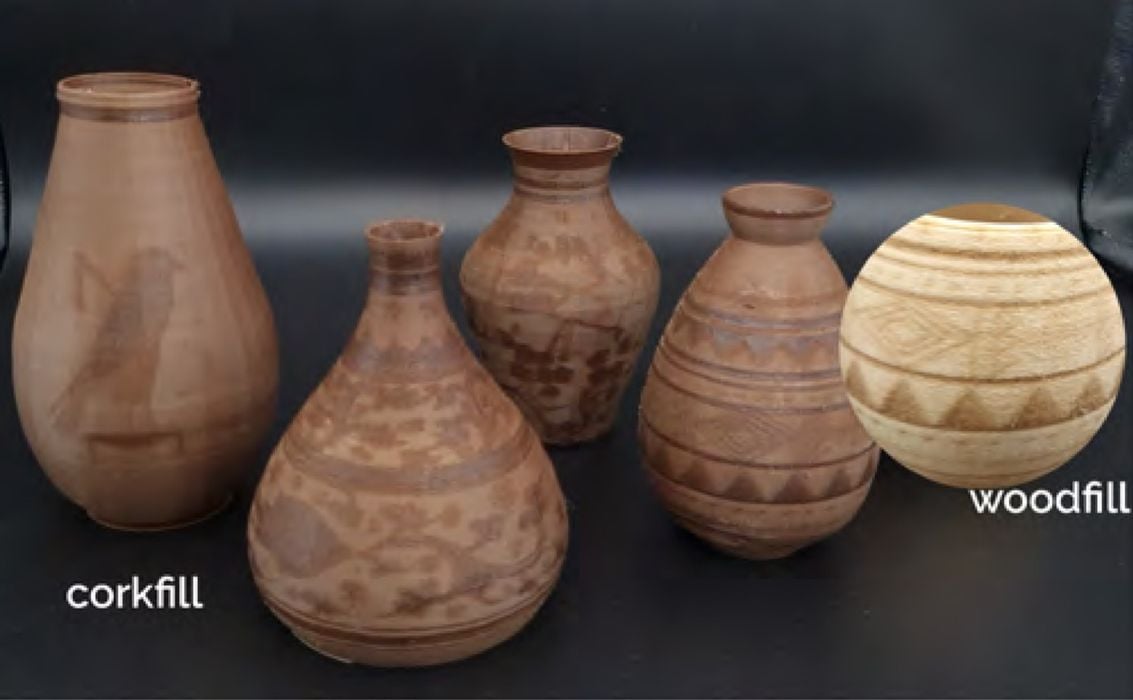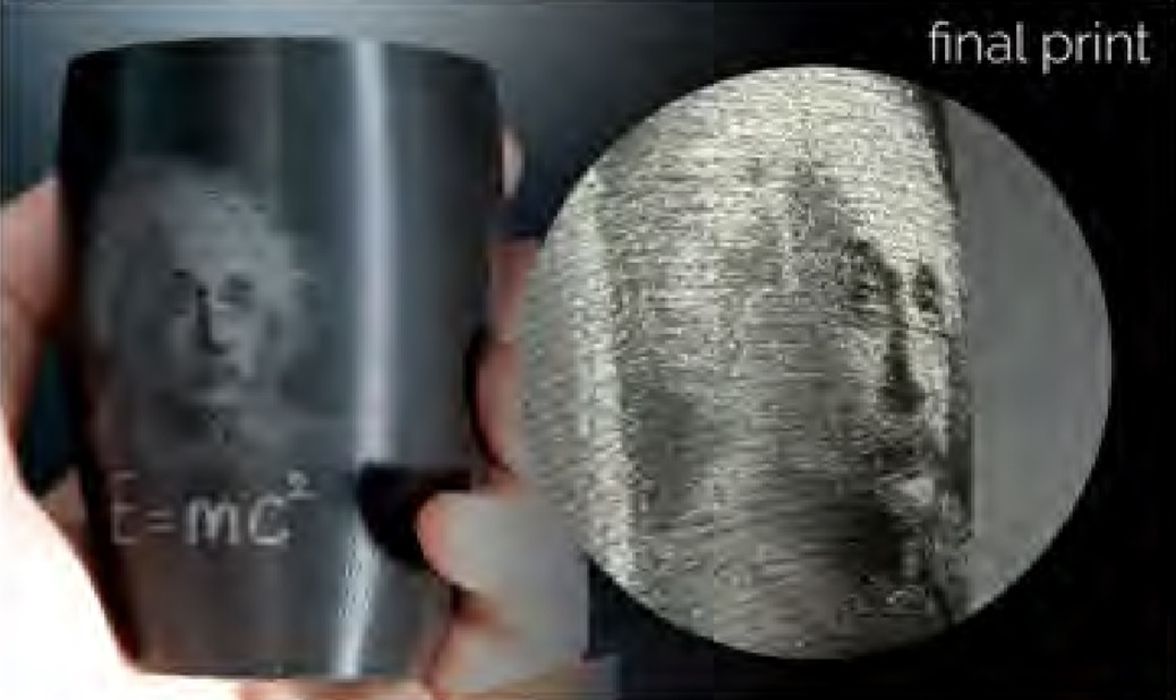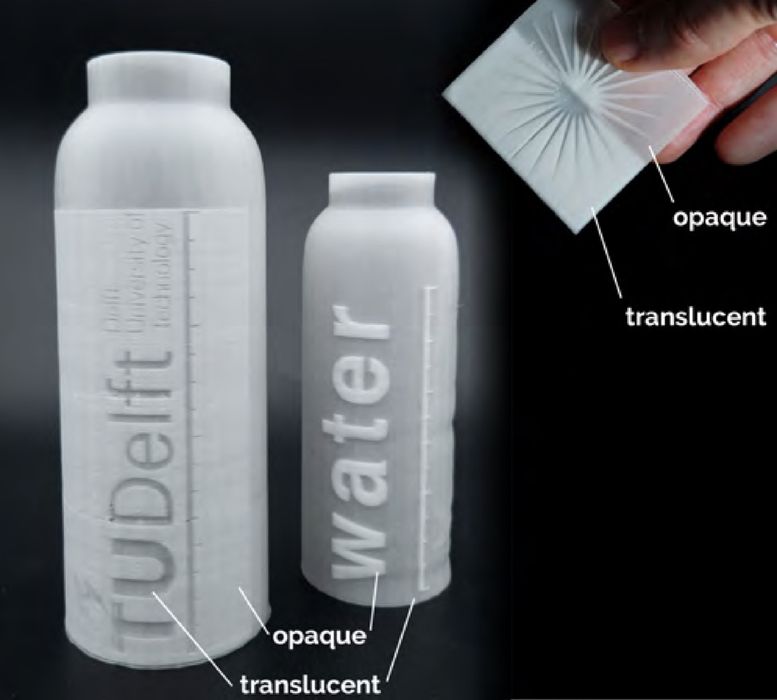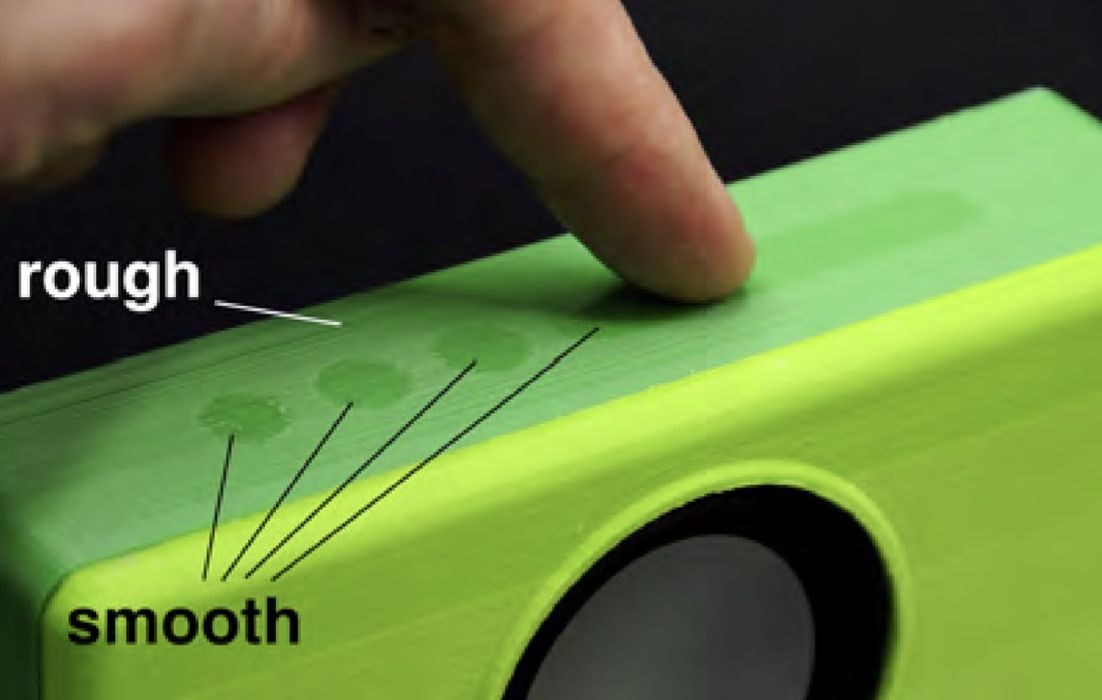
A new ironing technique implements color changes in FFF 3D printing.
Multicolor 3D printers are now generally available, but they require complex attachments to dynamically swap filaments in order to change colors.
The new technique, called “Speed Modulated Ironing”, uses heat to activate different properties in freshly extruded polymer. One of those properties is color, but there are several others that can also be activated. They explain:
“The rapid adjustments of speed allow for fine-grained reheating, enabling high-resolution color and texture variations. We implemented our method in a tool that allows users to assign desired properties to 3D models and creates corresponding 3D printing instructions. We demonstrate our method with three temperature-responsive materials: a foaming filament, a filament with wood fibers, and a filament with cork particles. These filaments respond to temperature by changing color, roughness, transparency, and gloss.”
The researchers knew that heat could alter the properties of extruded polymer, so they designed a mechanical system to implement it in a way that is entirely controllable.
The concept is to use a standard FFF setup, including a hot end mounted on a toolhead, but combined with a second toolhead dedicated to ironing. The second toolhead provides a specific amount of heat to the extrusion line as the print proceeds. The second treatment can vary the heat and the duration of heat exposure through control of the ironing toolhead’s motion.
How does this really work? The researchers investigated how heat can alter the properties of specific materials. For example, they found that polymers with embedded wood particles would darken when treated with increasing levels of heat.
Another material they investigated was foaming materials, which foam when heated. By varying the amount of heat they were able to provide precise control over the foaming action.
To make this work the researchers designed a unique software system to allow an operator to define the desired properties in specific areas of a 3D model. These were then transformed into the appropriate machine GCODE instructions for execution.
Interestingly, they were even able to generate “gradients” of these properties, which suggests significant flexibility in this approach.
Why use a second nozzle to implement the ironing? After all, ironing to polish flat surfaces has long been a feature of FFF 3D print software. The answer is that a separate toolhead is required because it is at a different temperature than the primary extruder. In fact, the ironing toolhead must vary its temperature, which is incompatible with consistent extrusion of material. The second toolhead is not extruding: it’s treating the previous extrusion.

The process is so precise it’s able to print images on surfaces, at least with specific materials. Here you can see an Einstein image on a cup.

It’s also possible to introduce a level of transparency into materials, as seen in this image of a bottle 3D print.

The temperature changes can also introduce a texture to surfaces, which could be useful when printing objects that require a grip, for example.
The researchers conclude:
“We hope that our work represents a step toward a more versatile, expressive, and sustainable form of 3D printing and will enable further explorations in temperature-responsive materials.”
That is the question here: will desktop 3D printer manufacturers adopt this fascinating technology? It seems to me that the addition of a second toolhead would not be excessively expensive, and possibly less expensive than external spool-swapping units. However, the complex software required must also be adopted.
This would take some effort by 3D printer manufacturers, and there doesn’t seem to be any technical showstoppers. The big question is whether a sufficient portion of 3D printer operators would find this feature valuable.
If so, we may end up with a class of desktop 3D printers that can implement textures with single filaments.
Via GitHub (PDF)
